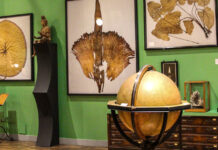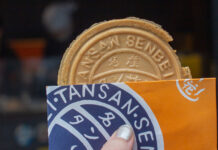Too often, people on holiday are advised to ‘save museums for a rainy day’ or ‘to occupy the kids’, suggesting that such spaces are, inherently, a back-up option. However, this is categorically not the case in Japan. Museums here range from the adorable to the unutterably bizarre – but boring, they are not. Whether you’re looking to appreciate artisanal masterworks or good old-fashioned poo, Japanese museums will likely be a highlight of your visit. Kyoto Museum of Crafts and Design is no exception, and it is here that the aforementioned artisanal masterworks (but not the poo) can be found.
Kyoto is a city of exceptional museums, from the all-out splendour of the Kyoto City Museum of Art to the heart-warming comfort of Kawai Kanjirо̄’s former home. Better still, the Museum of Crafts and Design fully caters for English speakers, with in-depth explanations of their exhibitions offered in excellent English.
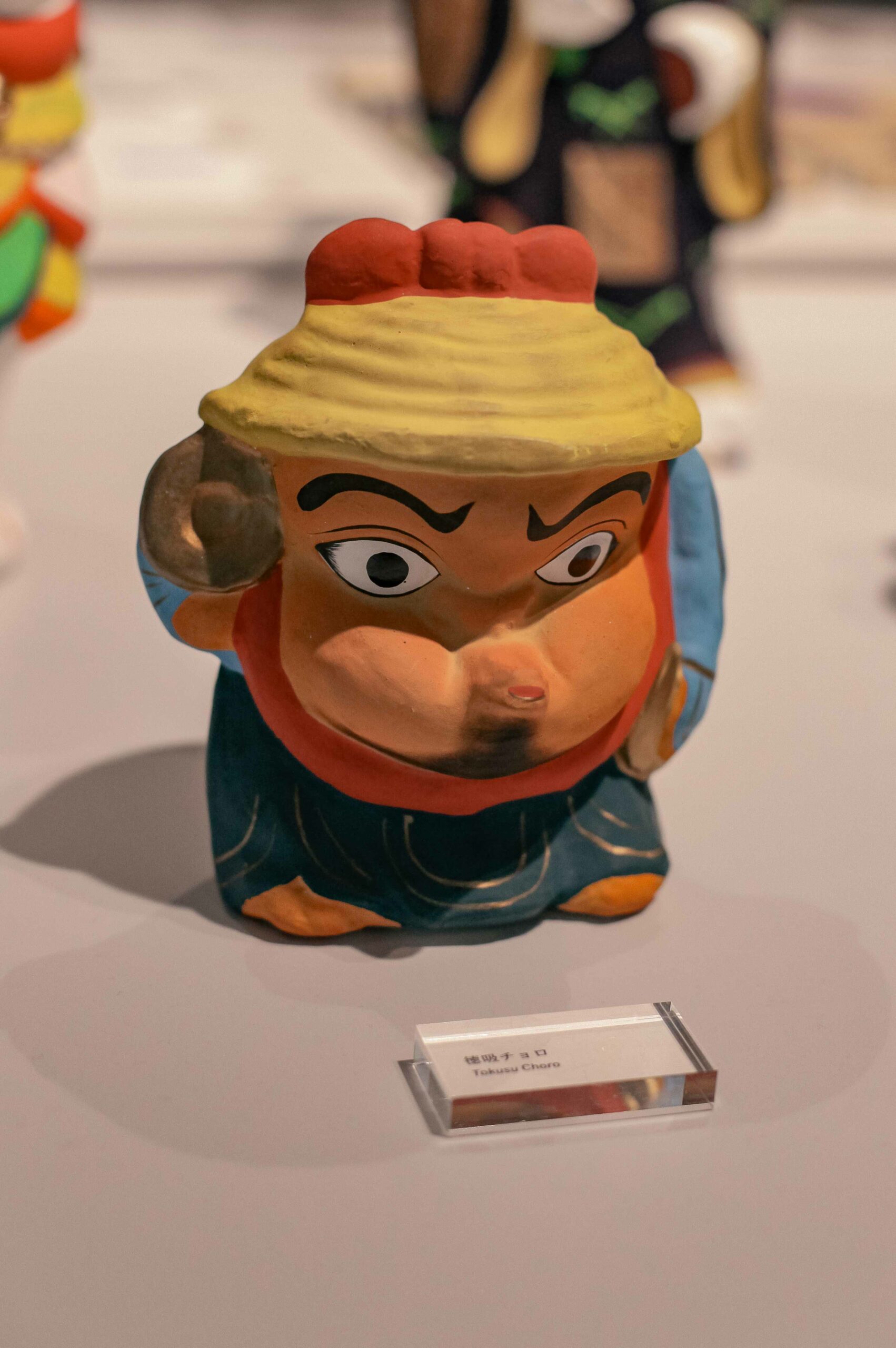
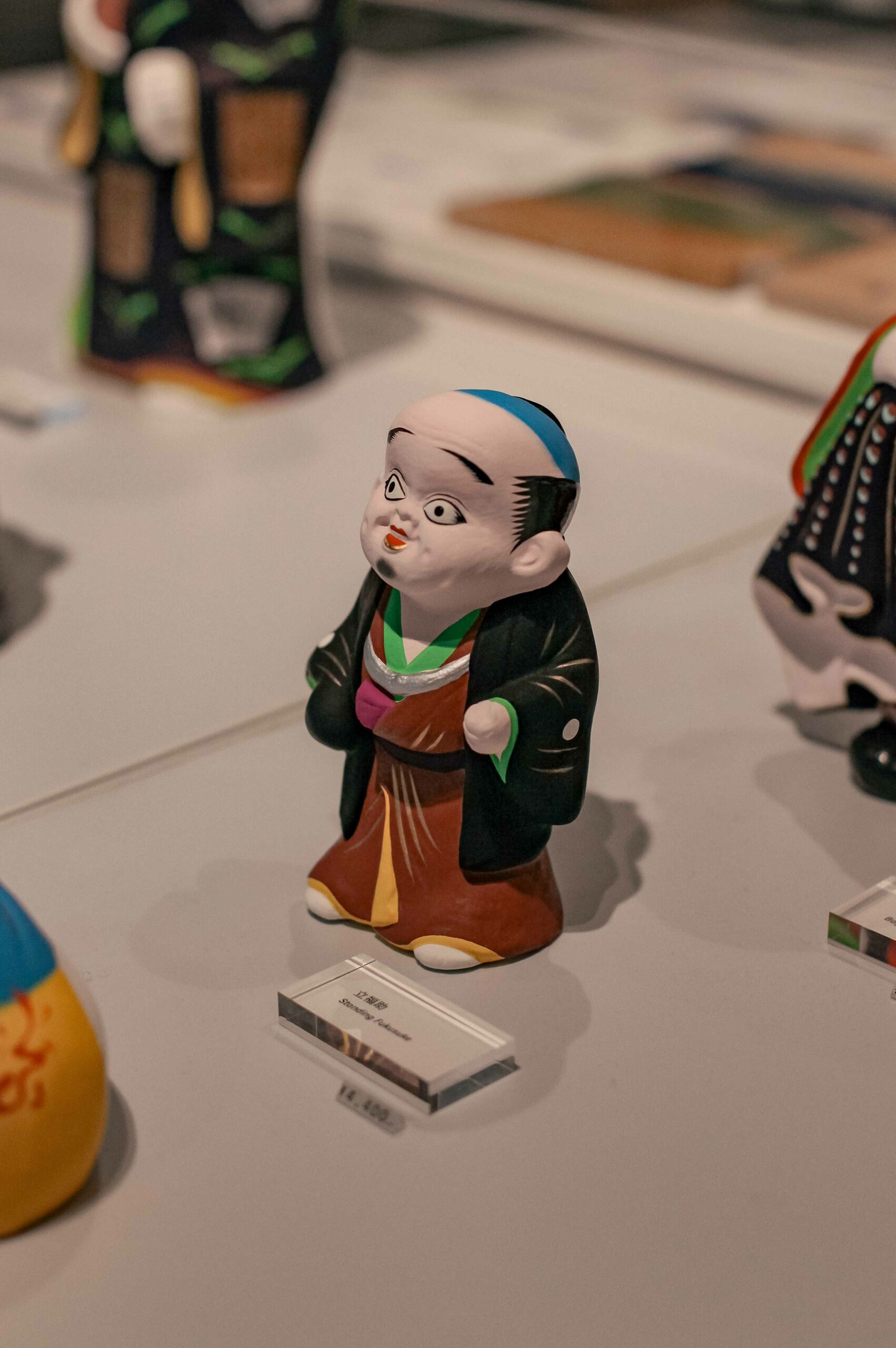
Several of the viewing halls within the Miyako Messe building are affiliated with the Museum of Crafts and Design, and are free to view. However, the most expansive and engaging collection is housed at basement level. This area contains the main exhibition hall and the museum’s spectacular shop.
The exact contents of the main exhibition hall can vary depending on seasonal events, but throughout the year it mainly houses its core collection. The collection is anything but minimal, though, as hundreds of objects and displays representing almost all of Kyoto’s signature crafts are included here. There are even hands-on areas, where you can practise tying a hand-dyed furoshiki (wrapping cloth) around different objects, or smell five of the key base ingredients that make up the incense sticks used in Buddhist temples. You can even have a dingle on a row of Buddhist singing bowls, striking them gently for a chiming sound, or using a special technique to elicit a haunting, sustained hum.
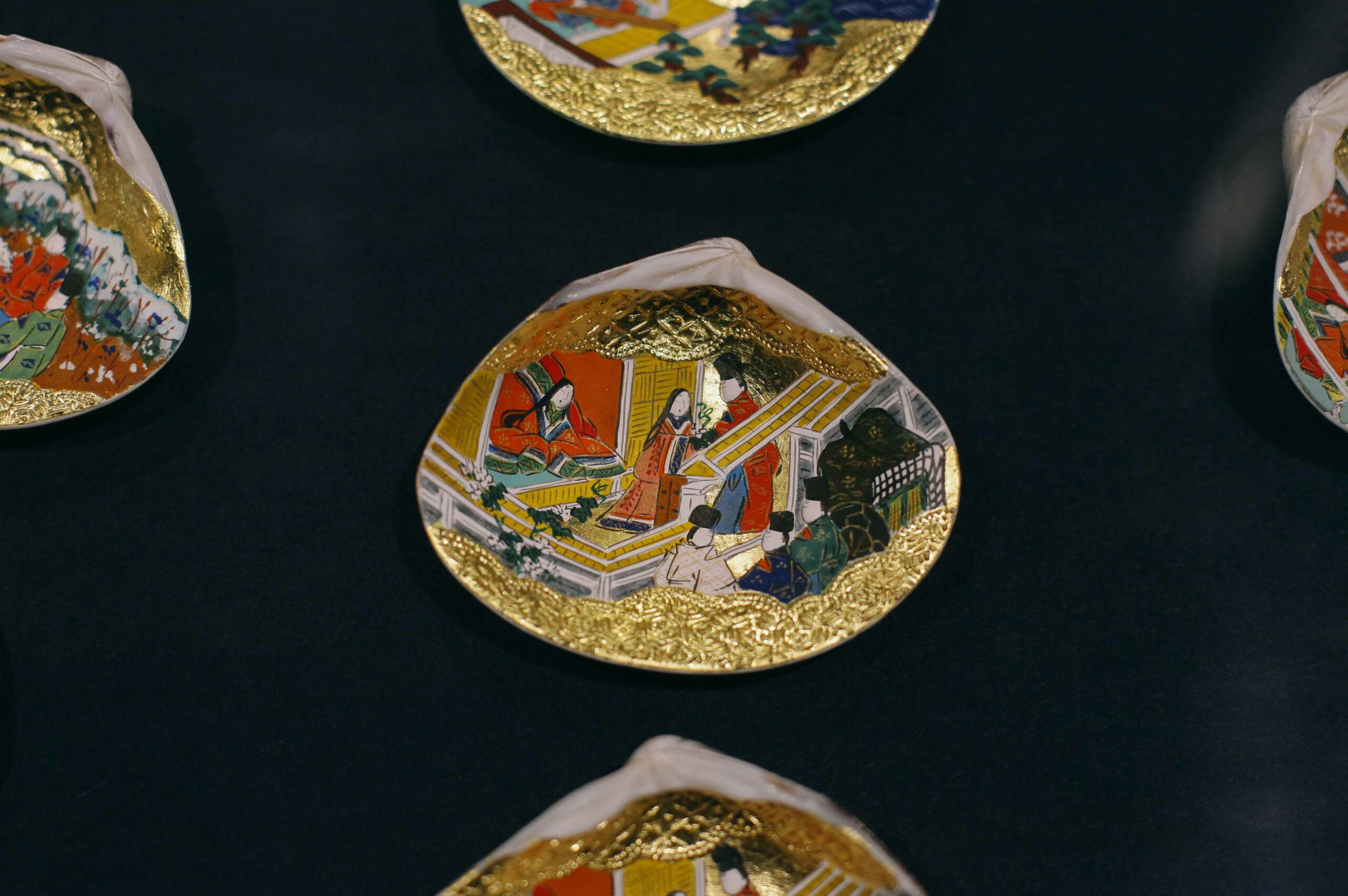
Japan’s centuries-long stretch of national isolation and relative lack of long-term warfare allowed a long peacetime during which makers of all kinds could refine and perfect their practices. This could be the most delicate hand-dyeing of kimono silk, or the more rugged forms of utilitarian folk crafts. Historically, many of Japan’s citizens developed some kind of tradition of making by hand, whether farm implements and everyday clothing, or astoundingly intricate works of decorative art.
What sets Japan apart from many other countries is an unfaltering commitment to keeping these craft traditions alive. Today, the number of makers and artisans in Japan is smaller than it once was, but still large compared to other post-industrial nations. The importance of these makers is so great that the title of ‘Living National Treasure’ was created by the Japanese government in 1950, specifically to recognise and support the artisans carrying on Japan’s myriad craft traditions.
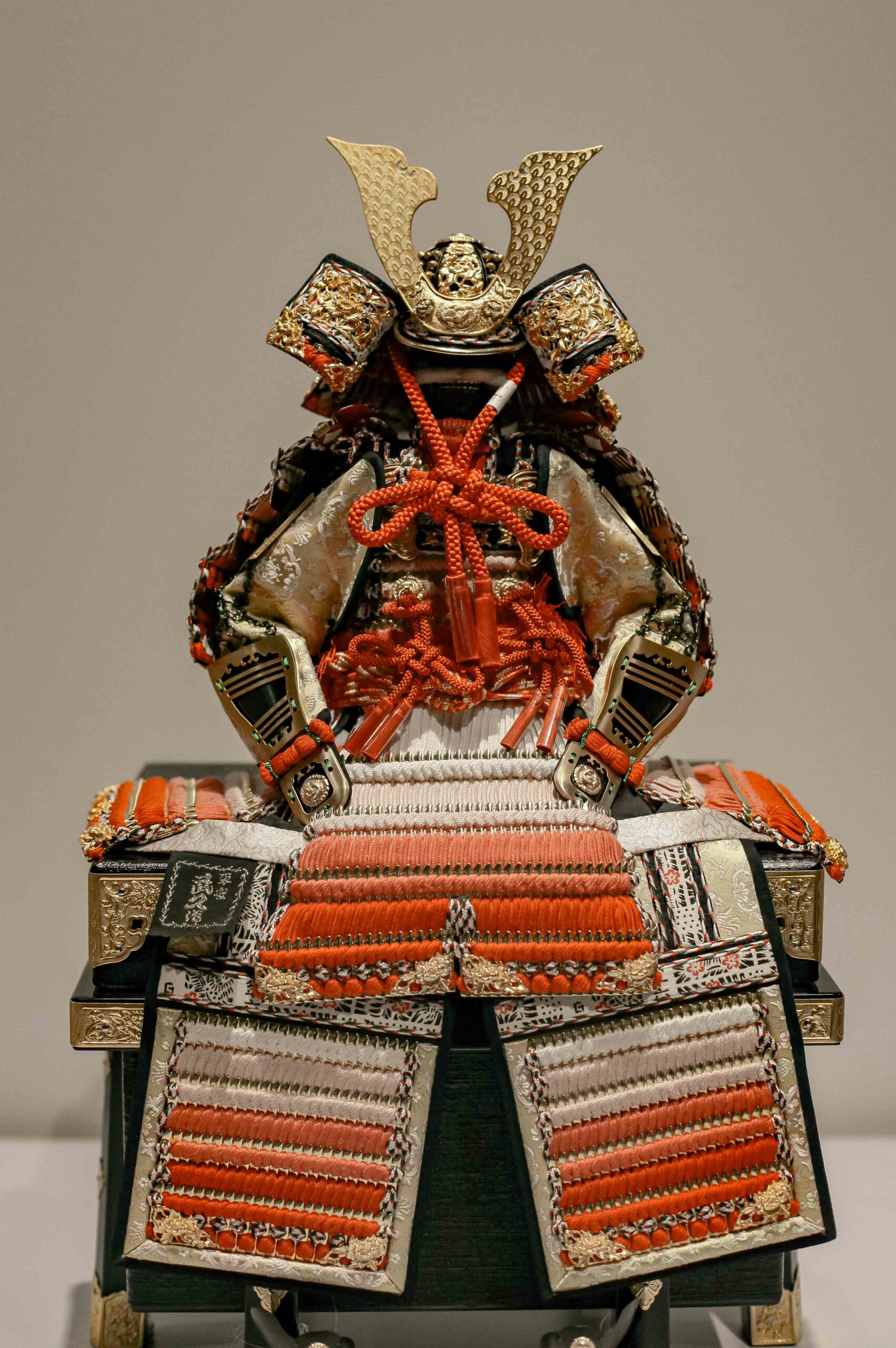
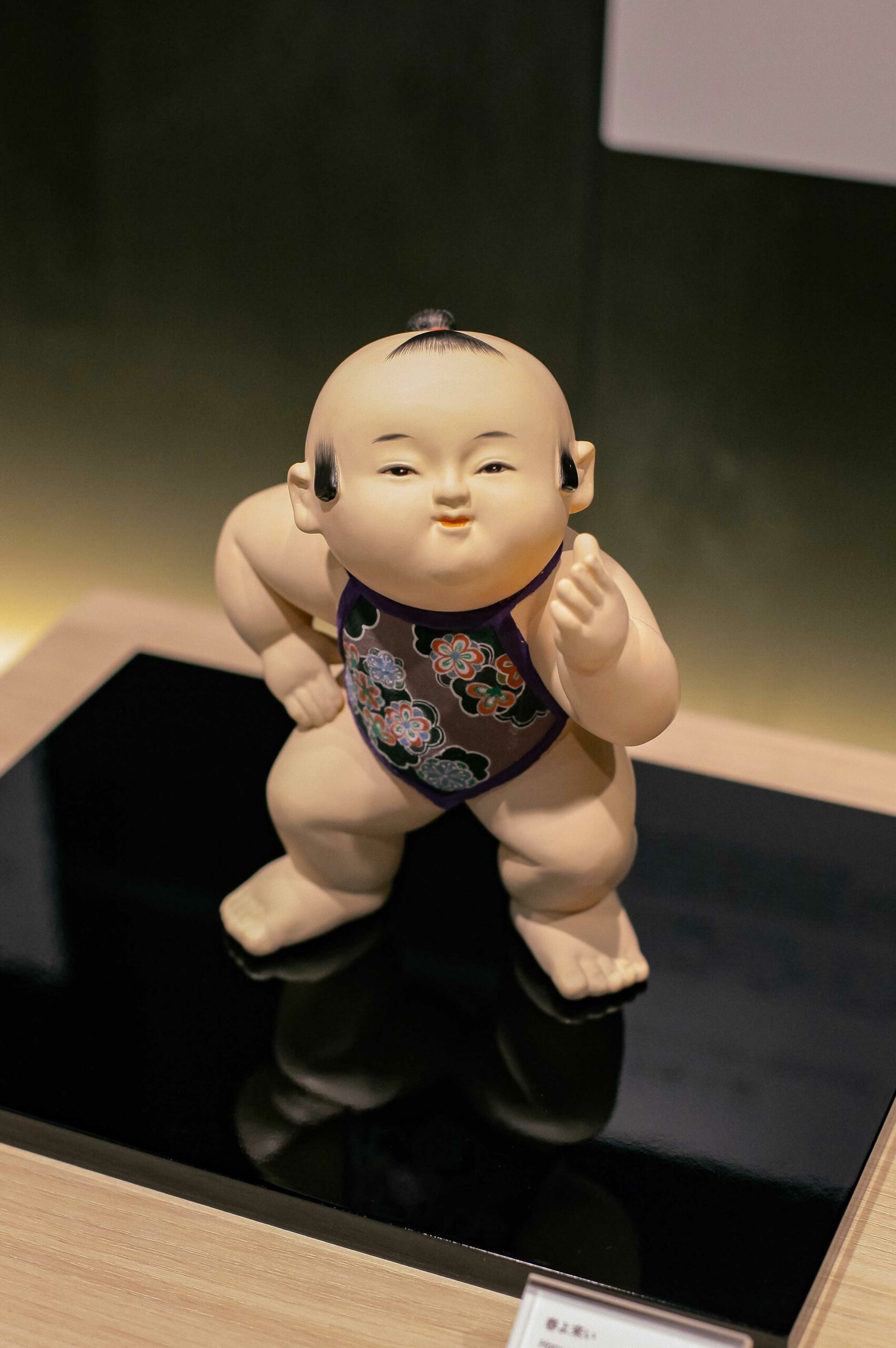
Visitors with a wider interest in crafts may be familiar with Japan’s ‘folk crafts’ movement (known as Mingei / 民藝) and be on the lookout for folk crafts in Kyoto’s Museum of Crafts and Design. However, Japan’s wider craft movement is so expansive that folk crafts and artisanal crafts are considered to be distinct and separate disciplines. As such, you won’t find folk crafts at this museum. Thankfully, Osaka has its very own dedicated folk crafts museum, and Kyoto itself hosts the home-turned-museum of Mingei movement co-founder Kawai Kanjirо̄. Folk art pilgrims will also want to visit Tokyo’s Mingeikan, the home and origin of the formalised Japanese folk craft movement.
Kyoto Museum of Crafts and Design specialises in collecting and showcasing works of the ‘artisan class’, as opposed to the ‘folk class.’ The techniques used in the making of the collection are highly refined and specialised, requiring a master-apprentice mode of teaching that may last for decades. The accumulation of skill itself in an individual or collective of co-makers becomes an intangible asset in its own right, and this is why the ‘Living National Treasure’ classification exists.
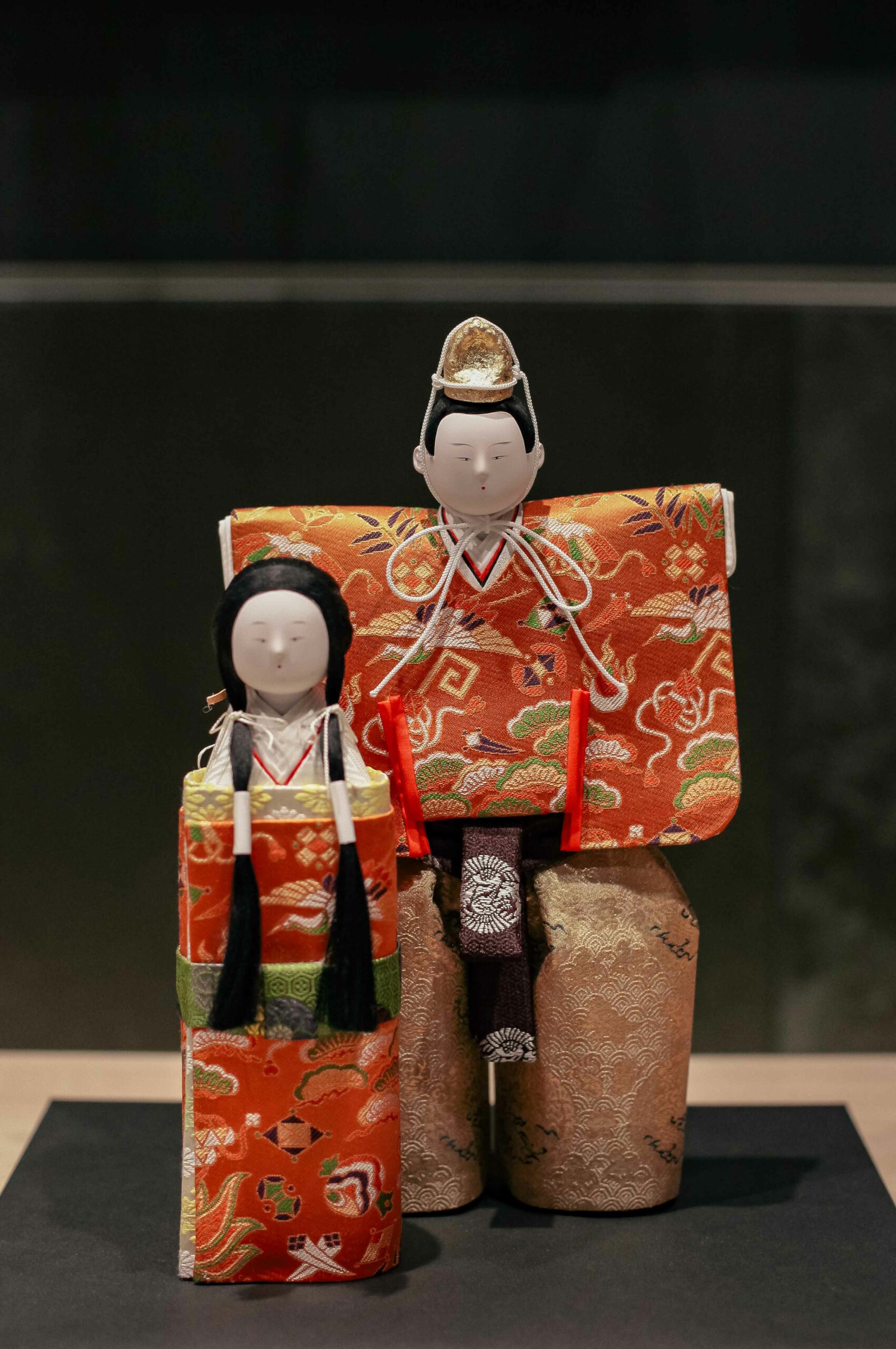
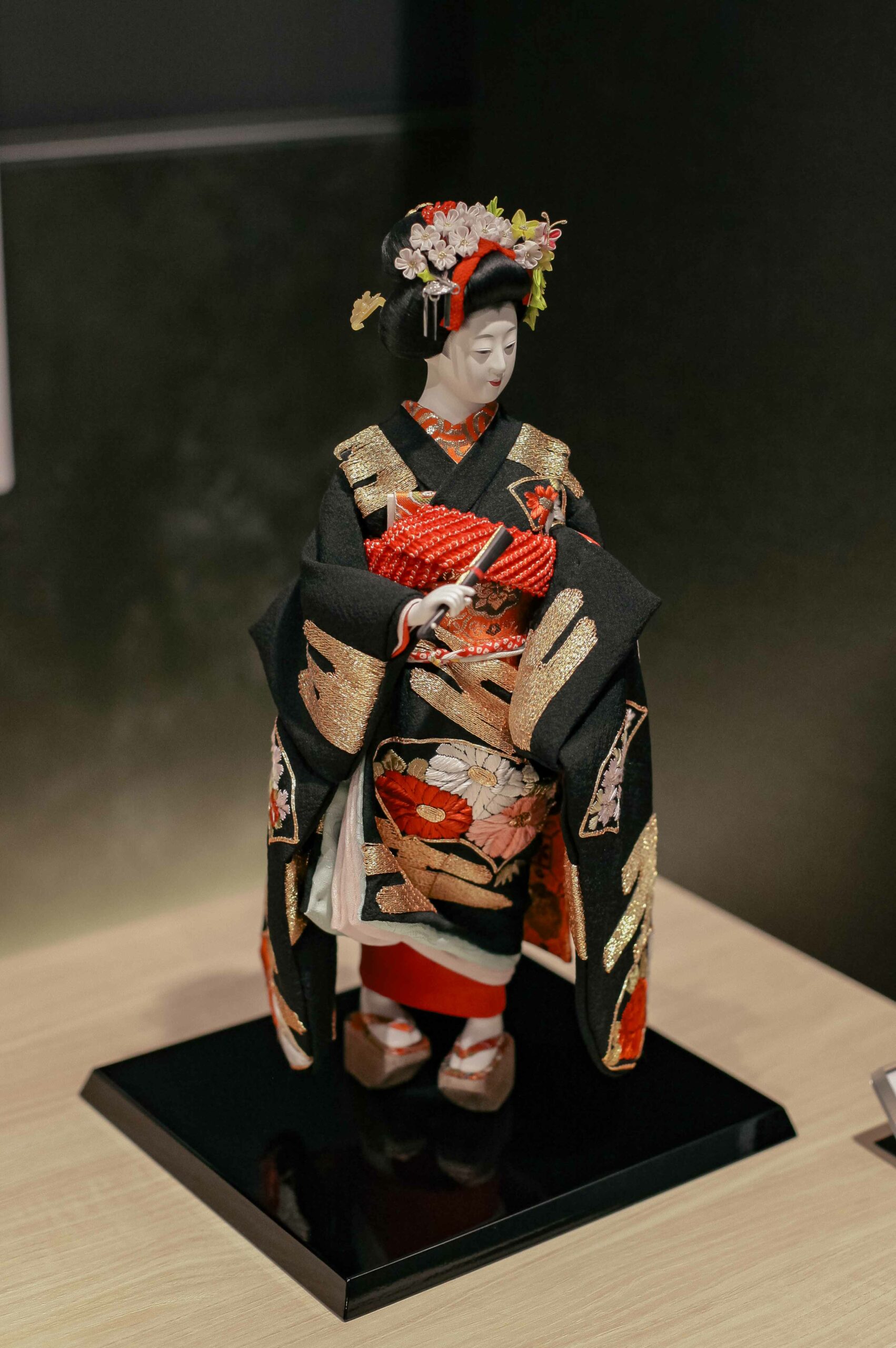
Japan’s abundant natural resources and largely uninterrupted periods of political stability played a central role in the development of its unique arts and crafts. The ample comfort and safety enjoyed by the upper classes of the mediaeval period paved the way for ‘necessary things’ to be continuously refined into ‘beautiful things.’ Along with poetry and art, everyday items for royalty and the elite became fertile ground for displays of wealth and good taste. However, as the aristocratic classes spent their days observing themselves being observed and fussing over obscure aesthetics, another class of person came into being: the artisan. Indulgent poems about moonlight and falling snow required the finest brushes, and being seen daily in splendid kimono fostered the nation’s best weavers and dyers.
While the aristocrats pursued ever-finer things, newly emerging merchant classes in the following centuries sought to emulate the tangible trappings of wealth and status. Although restrictions existed on the kinds of clothing and property merchants could own and display, there were plenty of opportunities for opulence. While nobility enjoyed the haunting dissonance of Noh theatre, merchant and commoner classes were more fond of the bawdy and often raucous Kabuki style of performance. However, both Noh and Kabuki theatre required masterfully carved masks, fine kimono and set designs of varying complexity. Today in Kyoto, craftspeople continue to produce intricate Japanese dolls and puppets, finely finished theatre masks and all manner of refined items for the home.

As well as rare and unique local crafts, the museum focuses on the making of materials from beginning to end. In-depth examples of lacquerware are arranged in order of extraction, refinement and application. This attention to detail highlights not only the end result of an artisan’s skill, but the full scale of effort and knowledge required to bring raw materials forth and mould them into treasure. The very tools used to make the finished products are themselves artisanal in quality. As such, the master lacquer painter must purchase their brushes from the master brush-maker, because the best tools give the best results. These layers of skill upon skill are what defines Japanese crafts, placing them in a class of their own.
From the unique methods used in wood joinery to the intricacies of masking and dyeing kimono silk, Japan is home to some of the most accomplished craftspeople in the world. How special, then, that they are celebrated and encouraged, and that their skills and products are valued in contemporary society. A visit to Kyoto’s Museum of Crafts and Design is an ideal opportunity to learn the true complexities of artisanship in context, with beautiful visual examples. For artisanal works that are too large to fit in an exhibition hall (plaster walls, joinery and roofing, for example), a video display is installed in a quiet corner of the museum. The seating is comfortable and the videos and mini-documentaries are subtitled in Japanese and English, and play with English audio, highlighting the museum’s commitment to bringing Kyoto artisanship to global audiences.
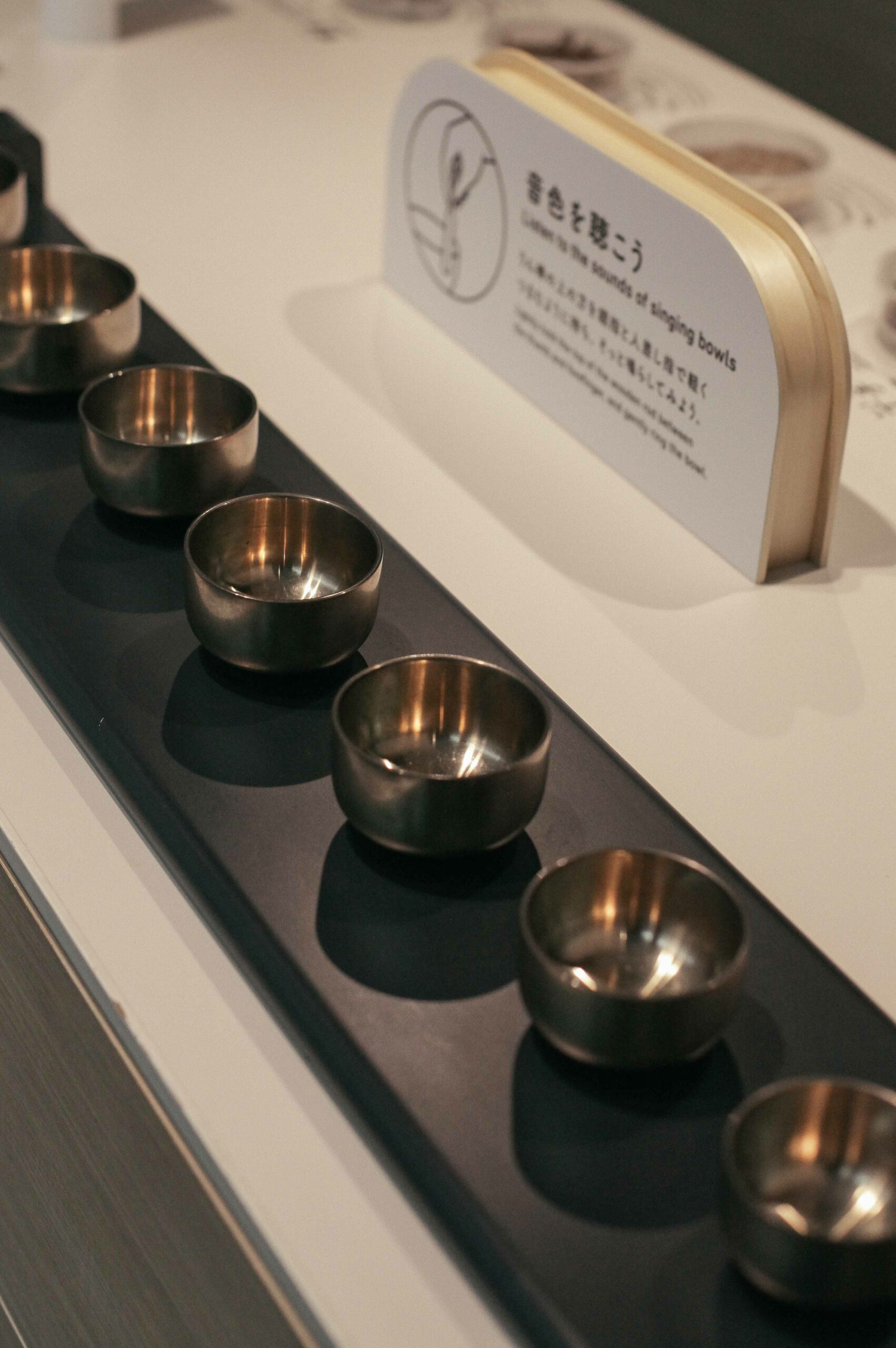
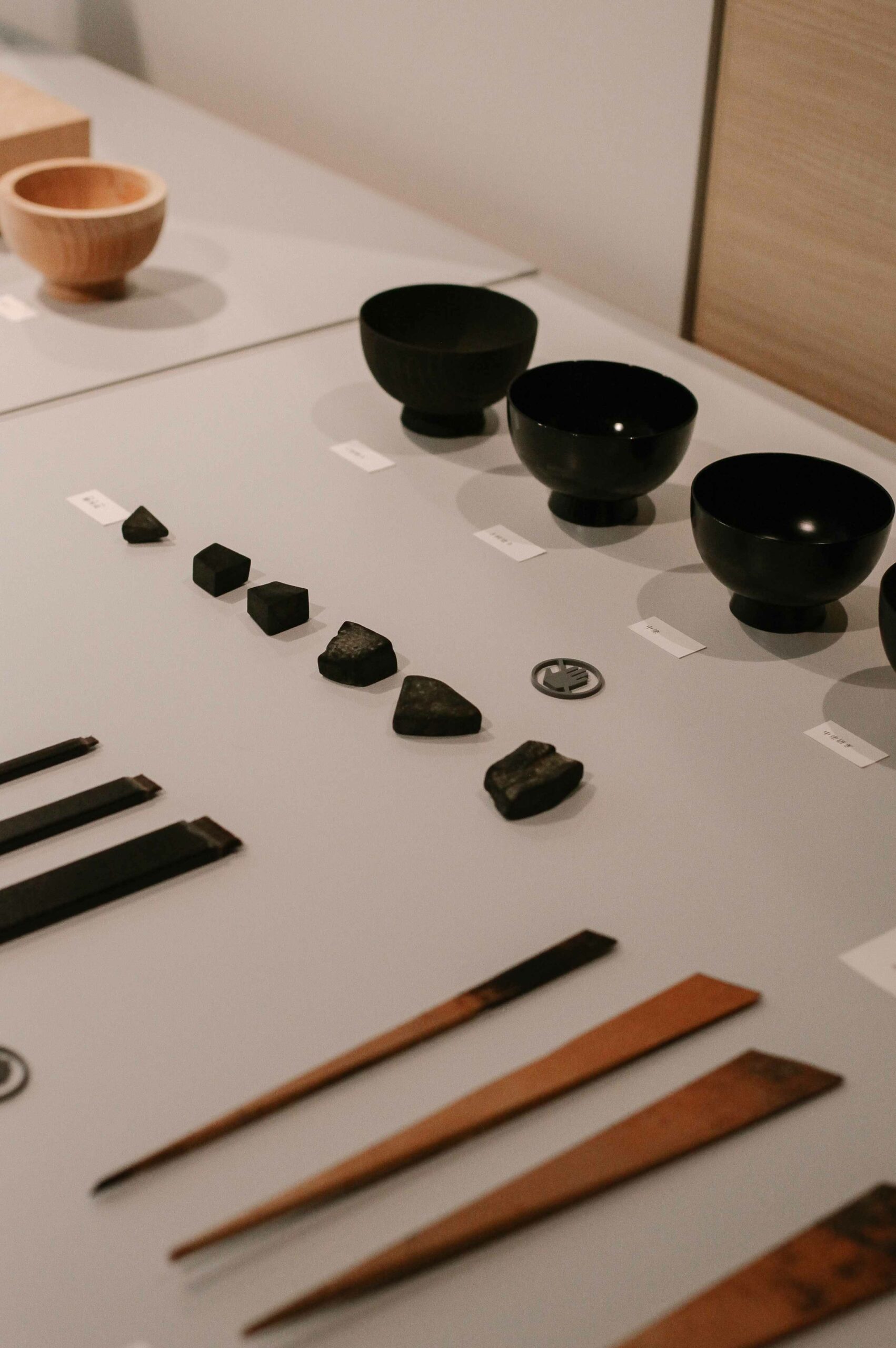
No visit to a museum is complete without exiting through the gift shop. However, gift shops are often less than spectacular. This is universally untrue in Japan, where galleries and museums take their retail operations seriously. Kyoto Museum of Crafts and Design is a shining example of such care and curation, and their gift shop offers an excellent selection of traditional handmade goods. This particular shop should be a destination in its own right, as all the items sold here are genuine Kyoto crafts, made by artisans within the city and wider prefecture. Thus, no need to trawl endless stalls and markets in busy tourist areas looking for something that may or may not be ‘authentically Kyoto’ – you’ll find it here.
The shop sells everything, from hand-dyed woven hand cloths (which double as perfect neckerchiefs) to lacquerware, traditional dolls, loom goods, wooden and ceramic figurines and accessories. Prices start from as little as ¥500, so there’s something for every budget. You’ll also get a small discount in the shop if you’ve attended the Exhibition Hall and kept your ticket stub. Avoid ‘souvenir stress’ completely – nothing here will disappoint, and you’ll be supporting the traditional craftspeople of Kyoto in continuing their unique and valuable practice.
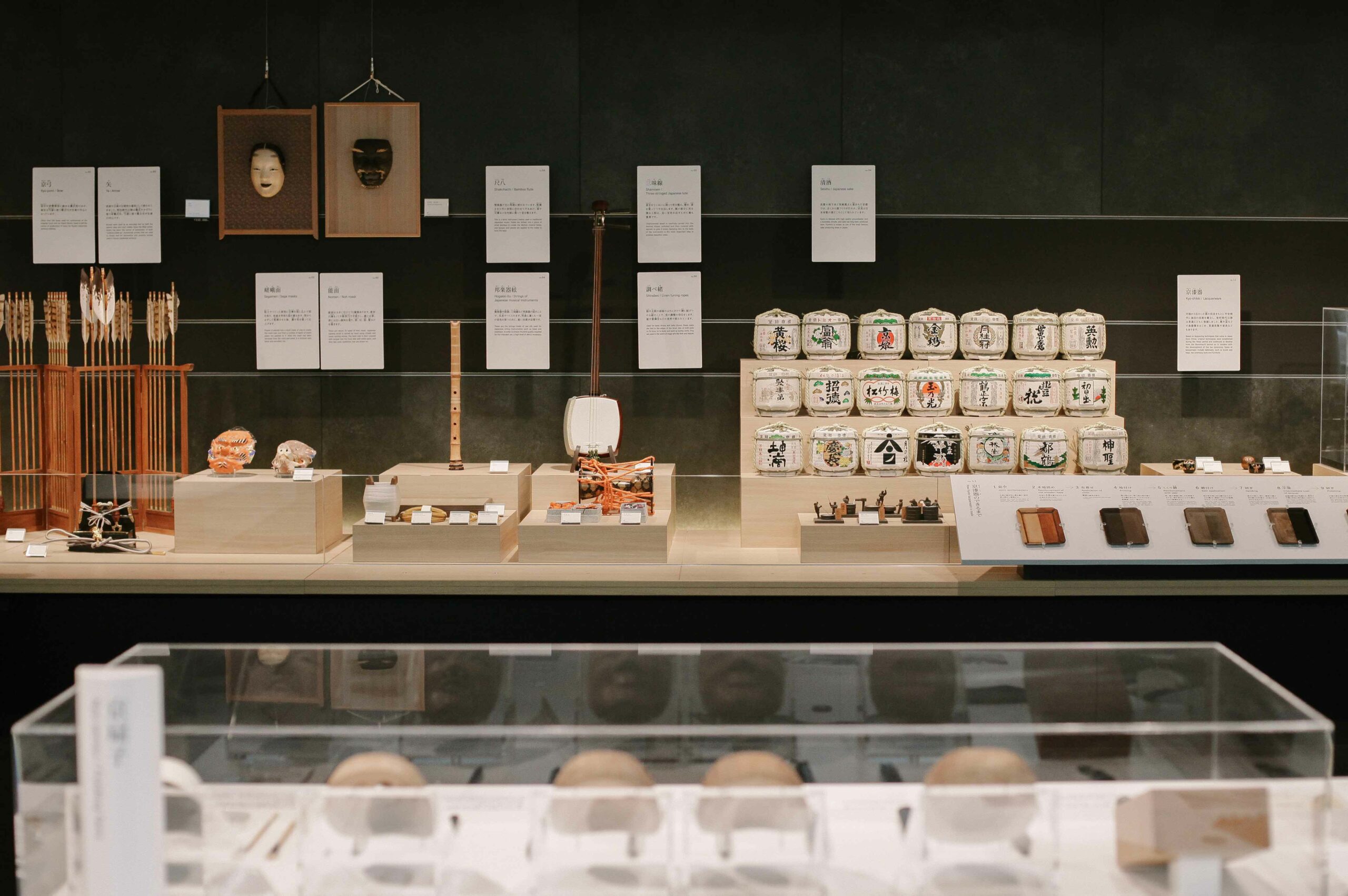
Access:
Kyoto Museum of Crafts and Design is on the basement floor of the Miyako Messe building. The Kyoto city bus #206 from Kyoto station stops right outside. It’s also next to a Tsutaya-Starbucks with an excellent range of books and magazines, with an entire section dedicated to English-language books about Japan.
Name: Kyoto Museum of Crafts and Design
Address: Miyako Messe B1F, 9-1 Okazaki Seishoji-cho, Sakyo-ku, Kyoto
Open: 10:00am – 6:00pm (last admission 5:30pm)
Admission: ¥500-600 for Exhibition Hall (depending on type of exhibition), main hall is free.
Website: https://kmtc.jp/en/
Post by Japan Journeys.






